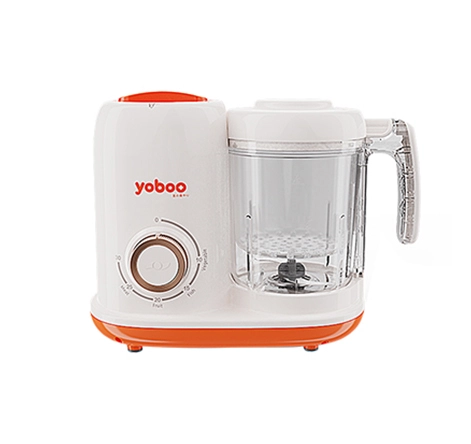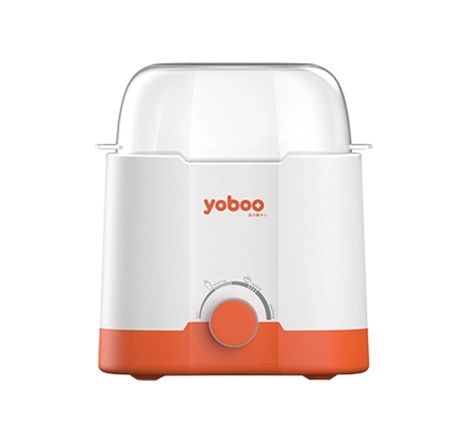As an essential daily item in a baby's life, the importance of a bottle is self-evident. Many mothers carefully choose their bottles even before their baby is born. However, whether browsing offline mother and baby stores or online, it is easy to see that the price range of bottles seems wider than the Milky Way, with prices ranging from a few dollars to hundreds or even thousands. This makes many mothers feel conflicted. On the one hand, choosing a good bottle can indeed bring peace of mind to parents as babies use it every day. On the other hand, bottles may appear similar, so is it really necessary to buy an expensive one? In fact, there are many design details hidden in a small newborn products bottle. Choosing the wrong bottle may cause the baby to reject it, but more importantly, it could lead to choking or bloating.
Reasons why choosing the wrong newborn products bottle may lead to bloating
Babies suck on the nipple continuously, making a continuous swallowing movement. The child will tightly hold the nipple, suck the milk into the mouth by changing the pressure, and then swallow it into the esophagus and stomach. In fact, the sucking process is a constant process of creating negative pressure in the mouth. If there is air mixed in the milk, the baby can only suck the air in as well. The entry of air into the stomach will have three negative effects: firstly, it causes bloating. The baby's stomach is small. When air enters the stomach, it creates a feeling of fullness, making the baby uncomfortable. Secondly, it makes the baby feel less full. The space in the stomach is occupied by air, which cannot retain enough milk. Thirdly, it easily causes regurgitation and spitting up. The muscles of a small infant's esophagus are relatively relaxed. After drinking milk, the air moves up with the baby's movements, from the stomach to the mouth, and is then expelled from the body. If milk is mixed with air, when air is expelled, milk will come out, causing regurgitation, spitting up, and making the baby more uncomfortable. Little babies cannot communicate by talking, so bloating will cause endless crying and discomfort. This situation is scary for new parents. Therefore, when purchasing a newborn products bottle, it is necessary to do research and choose an anti-bloating bottle.
To prevent bloating, it is important to choose the right newborn products bottle nipple
First, the milk bottle nipple should closely simulate the shape of a mother's nipple, allowing the baby to wrap their mouth tightly and avoid leaking air from the edge, which could cause bloating. The older style of tapered nipple is prone to loose wrapping, causing air to enter through the sides of the mouth. Secondly, the size of the nipple should be appropriate. If the nipple is too small, it is prone to leaks, and if it is too large, the baby cannot wrap their mouth around it, making it difficult to suck and drink milk. Of course, as the baby grows older, the size of the nipple must also be adjusted. Then, the material of the nipple should be soft. A soft nipple can change shape with pressure, fits well, and makes it more difficult for air to enter. Finally, it is best to have an exhaust valve design. The exhaust valve can reverse the air in the nipple area, making it easier to expel air and reduce air intake in babies.
Suitable newborn products bottle nipples can also prevent choking
Choking is more common in younger babies, usually caused by the milk flow being too fast. When the baby cannot swallow the milk in time, the milk will directly enter the glottis or even the upper end of the trachea, causing the child to cough repeatedly. Severe choking may even cause aspiration pneumonia. Therefore, the opening size of the milk bottle nipple must be appropriate and not too large. Parents should also adjust the nipple size according to their baby's age and feeding level. If the nipple is too old or deformed, it needs to be replaced in time to avoid choking. In addition, do not let the baby wait too long before feeding; a hungry baby is more likely to choke during feeding.













